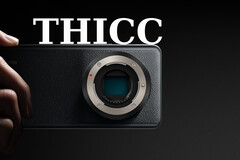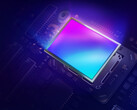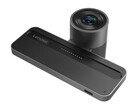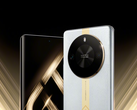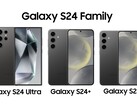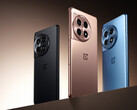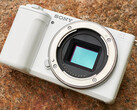Micro Four Thirds has been around for a while as a compact alternative to APS-C and full-frame camera systems. The system introduces some compromises in the name of compactness, but delivers a fuller feature set and better light gathering capabilities than cameras like the Sony RX100 V and Sony ZV-1F, making it ideal for hobbyists, video creators, and space-constrained professionals.
Unlikely rumours stemming from a post on Weibo (courtesy of Y.M. Cinema), however, claim that a number of Micro Four Thirds sensors are in development specifically for use in future smartphones or being converted for the application due as early as 2024.
The rumour claims the following sensors will make it to mobile phone photography:
4/3-inch 108Mp 1.4μm Nonacell Full-pixel DPAF (new ISOCELL, optimized quantum efficiency)
4/3-inch 80Mp 1.65μm QuadBayer Full-pixel 2x2 OCL AF (IMX472 changed to Mipi interface, reducing digital layer power consumption)
4/3 inch 50Mp 2.1μm 4-Cell Full-pixel 2x2 OCL AF WDR (LOFIC TheiaCel)
4/3 inch 44Mp 2.25μm Mask-PD AF VDGS (Pregius S II)
Some of these entries seem less likely than others. TheiaCel, for example, refers to Omnivision technology that targets self-driving tech, while the Sony IMX472 is an existing M4/3 sensor that hasn't seen much use since it was announced, despite promising capabilities.
The biggest sensors we've seen on smartphones to date have been of the 1-inch variety, and some of the phones that use 1-inch sensors, like the Sony Xperia Pro-I, don't even use the sensor's full surface area. Most flagship smartphone camera sensors fall somewhere between the Asus Zenfone 10's 1/1.56-inches (curr. $649.99 on Amazon) and the 1-inch monstrosity of the Xiaomi 13 Ultra (curr. $935 on Amazon), and they compensate for the small sensors with computational photography.
Micro Four Thirds sensors represent a ~94% increase in sensor surface area over even the biggest smartphone sensors around. This increased sensor size may prove to be the biggest weakness of the bigger sensor in a compact body, since, without resorting to compact camera dimensions, lenses would need to be made more compact and simplified to fit into slim smartphone bodies.
The rumours about the potential Micro Four Thirds smartphone cameras may be entirely baseless, but it would be interesting to see if smartphone brands can squeeze the large sensors into a phone, perhaps using some sort of collapsible lens, like those found in many compact cameras.




